In recent years, few phrases have come to define Saudi Arabia’s trajectory more than Vision 2030. Launched in 2016 by Crown Prince Mohammed bin Salman, it is not merely a strategic document, but a sweeping blueprint to reduce the Kingdom’s dependence on oil and diversify its economy. Central to the plan is the aim to create new economic opportunities, engage the country’s youthful population, and reposition Saudi Arabia on the global stage.
A Deadline for Diversification
At its core, Vision 2030 is a response to structural vulnerability. For decades, Saudi Arabia’s prosperity has hinged on hydrocarbon exports. But with oil prices increasingly volatile and the global energy transition accelerating, the imperative for change became inescapable.
The plan outlines ambitious targets: growing the private sector, attracting foreign investment, and turning the Kingdom into a logistical and commercial bridge linking Asia, Europe, and Africa. Economic diversification is no longer aspirational—it is a matter of national resilience.
Social Change as Strategy
Unlike previous economic reforms, Vision 2030 is notable for linking growth with social liberalization. Policies that were once politically unthinkable—such as permitting women to drive, reopening cinemas, and lifting restrictions on public entertainment—have become central to reshaping public life.
Women’s participation in the workforce has risen sharply. Young Saudis, long sidelined in the labor market, are increasingly launching startups and entering sectors once dominated by expatriates. Public spaces, once subdued, are now sites of visible social engagement.
Yet while these shifts are real, they are not always linear. The tension between modernization and cultural conservatism remains. For many, the speed of change brings opportunity; for others, uncertainty.
Ambition Meets Reality
Turning a resource-dependent economy into a diversified one is, by design, a generational task. Vision 2030 imposes a timeline, but not all of its targets have proven realistic. Mega-projects like NEOM and The Line, initially announced with great fanfare, have since been scaled or restructured. Critics see this as overreach; others argue that course correction is a mark of pragmatic governance, not failure.
Labor market reform, too, presents difficulties. Matching job creation with the expectations of a young, educated population has proven more complex than anticipated. Moreover, attracting sustained private investment requires legal clarity, regulatory transparency, and institutional stability—all still evolving.
Beyond the Oil Narrative
Despite the challenges, the transformation is visible. Tourism is rising, entertainment industries are maturing, and local entrepreneurship is expanding. The country’s image abroad is shifting—from oil exporter to aspirant hub of culture, tech, and trade.
Whether Vision 2030 achieves all its stated goals remains uncertain. But its broader impact—redefining what it means to be Saudi in the 21st century—is already underway. More than a roadmap, it has become a narrative: one of ambition, recalibration, and the contested but deliberate shaping of a new national identity.
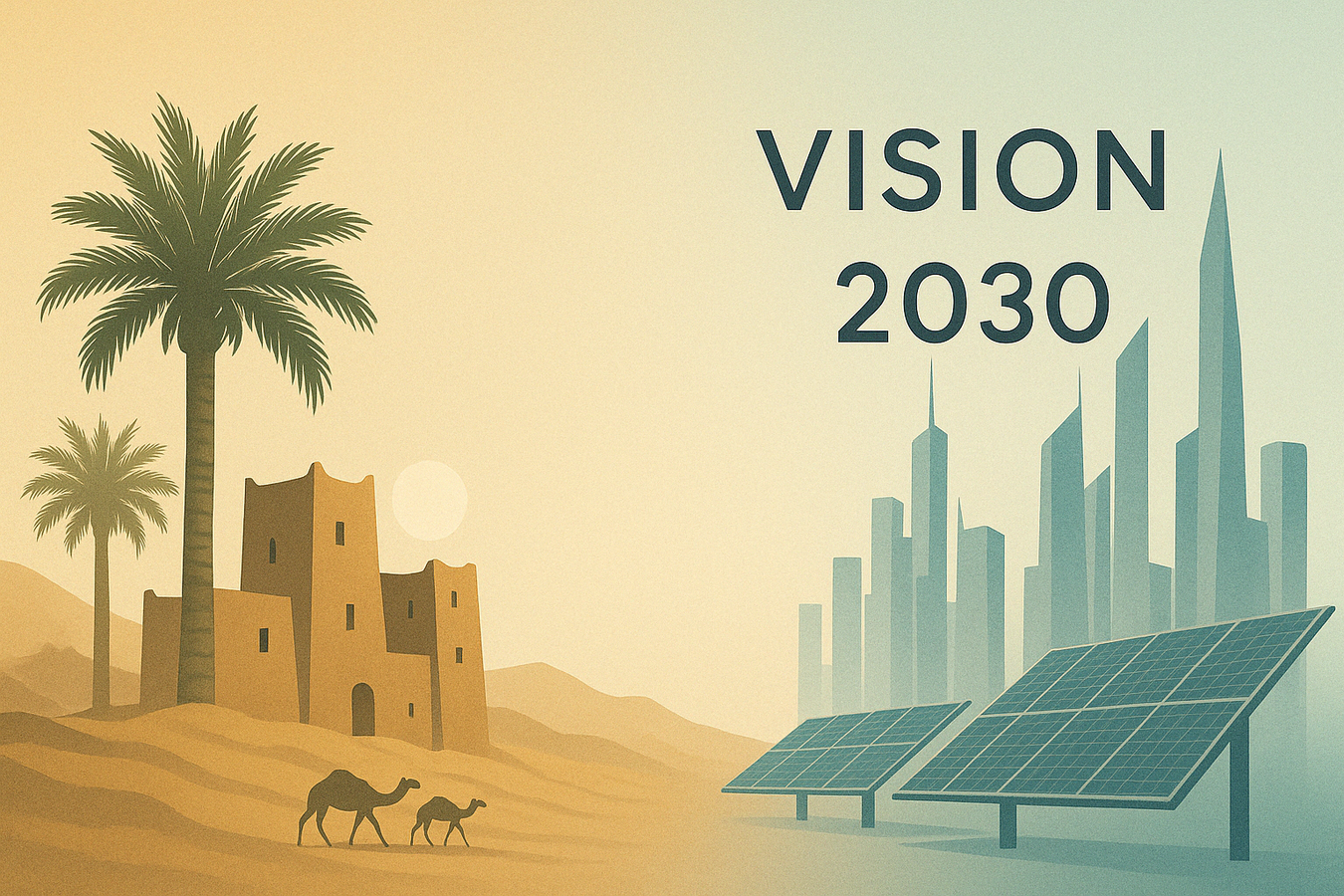
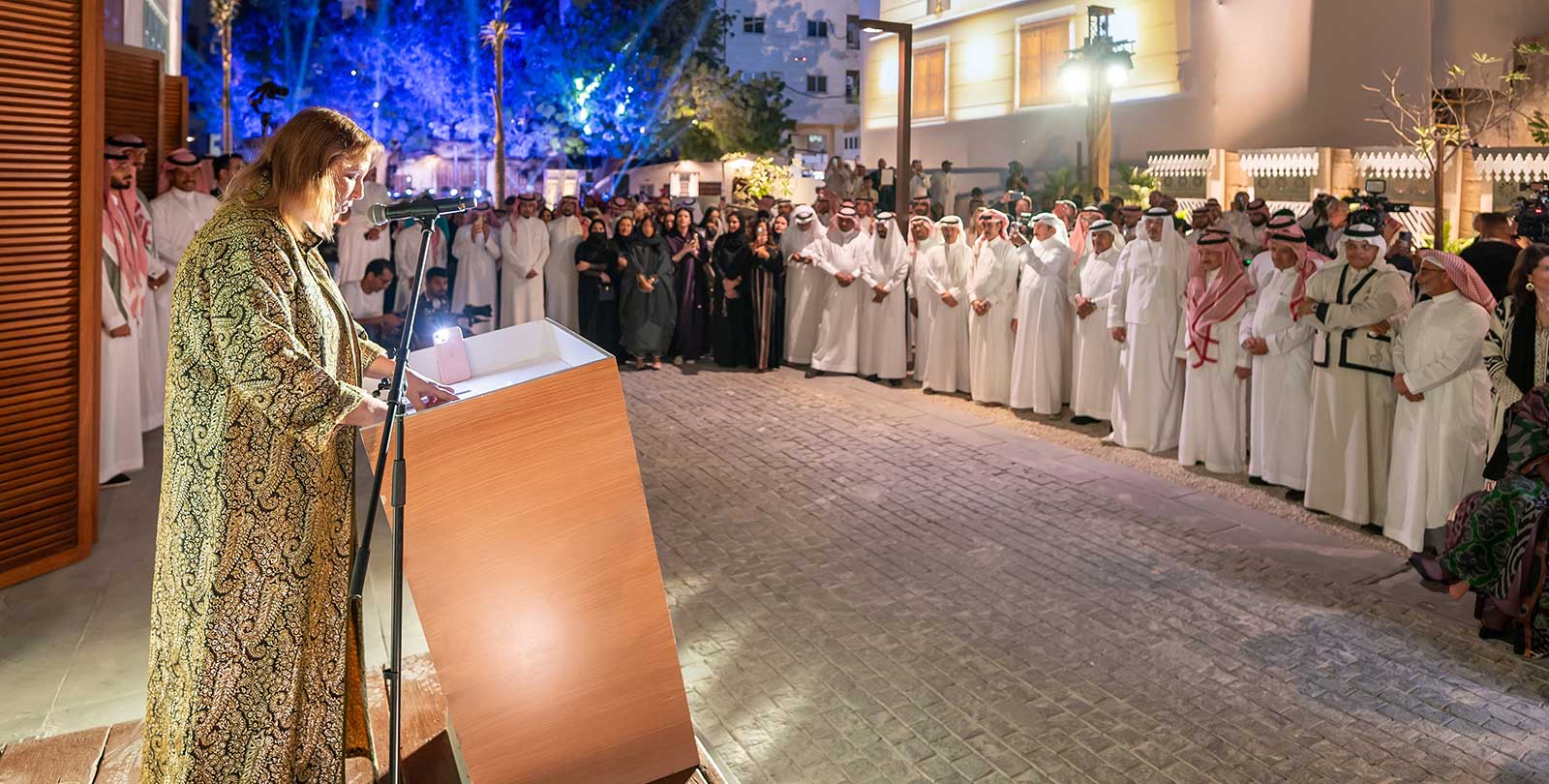
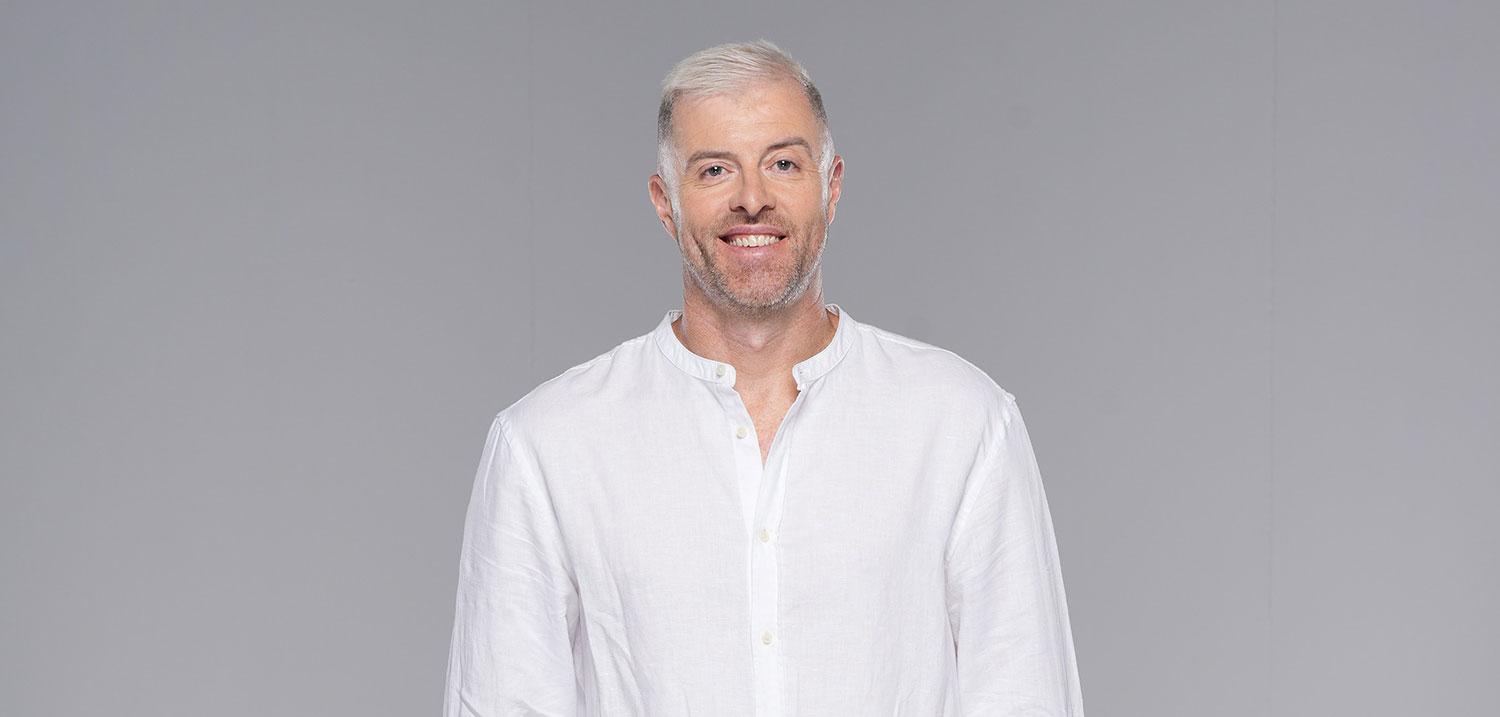
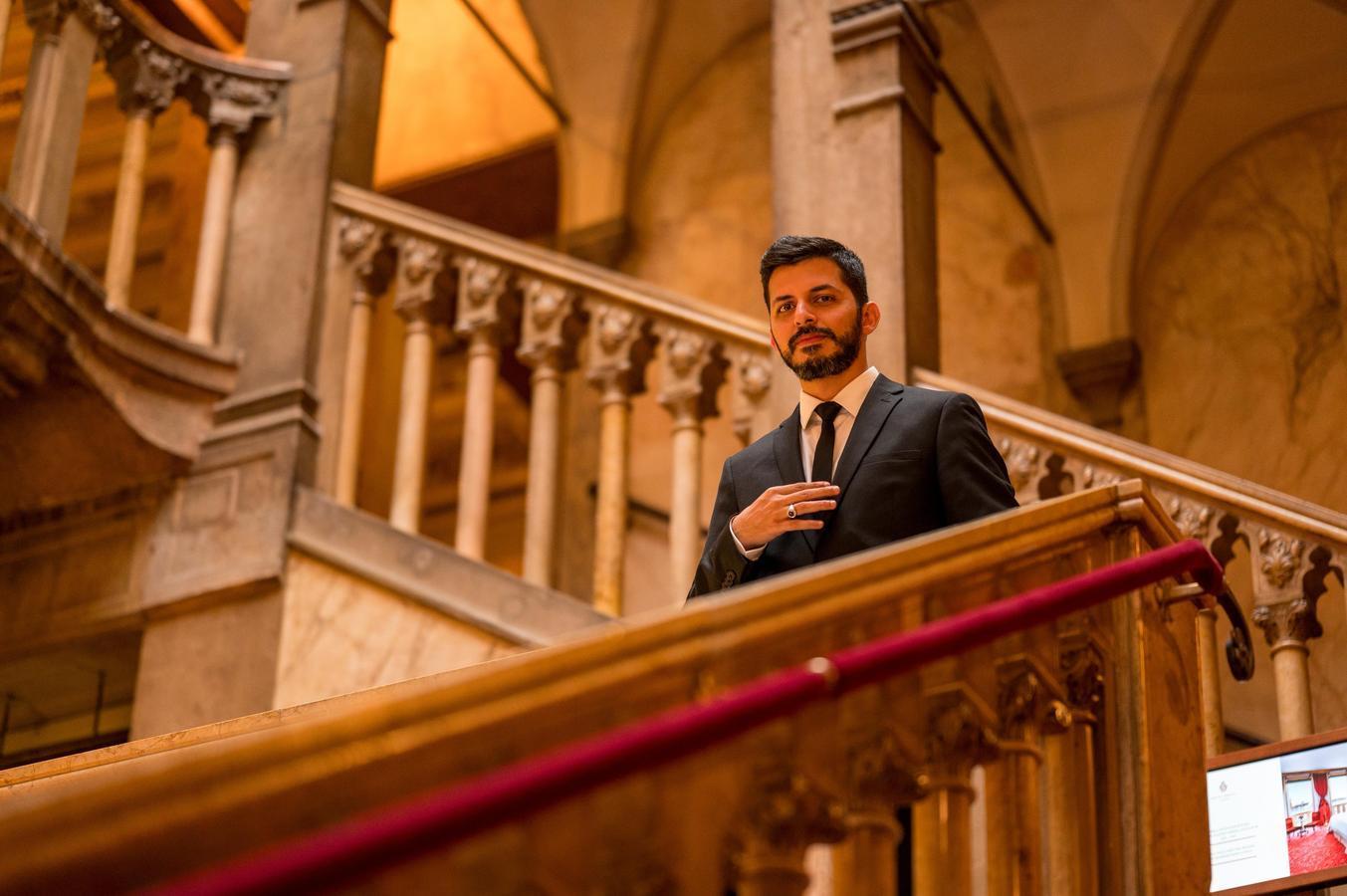
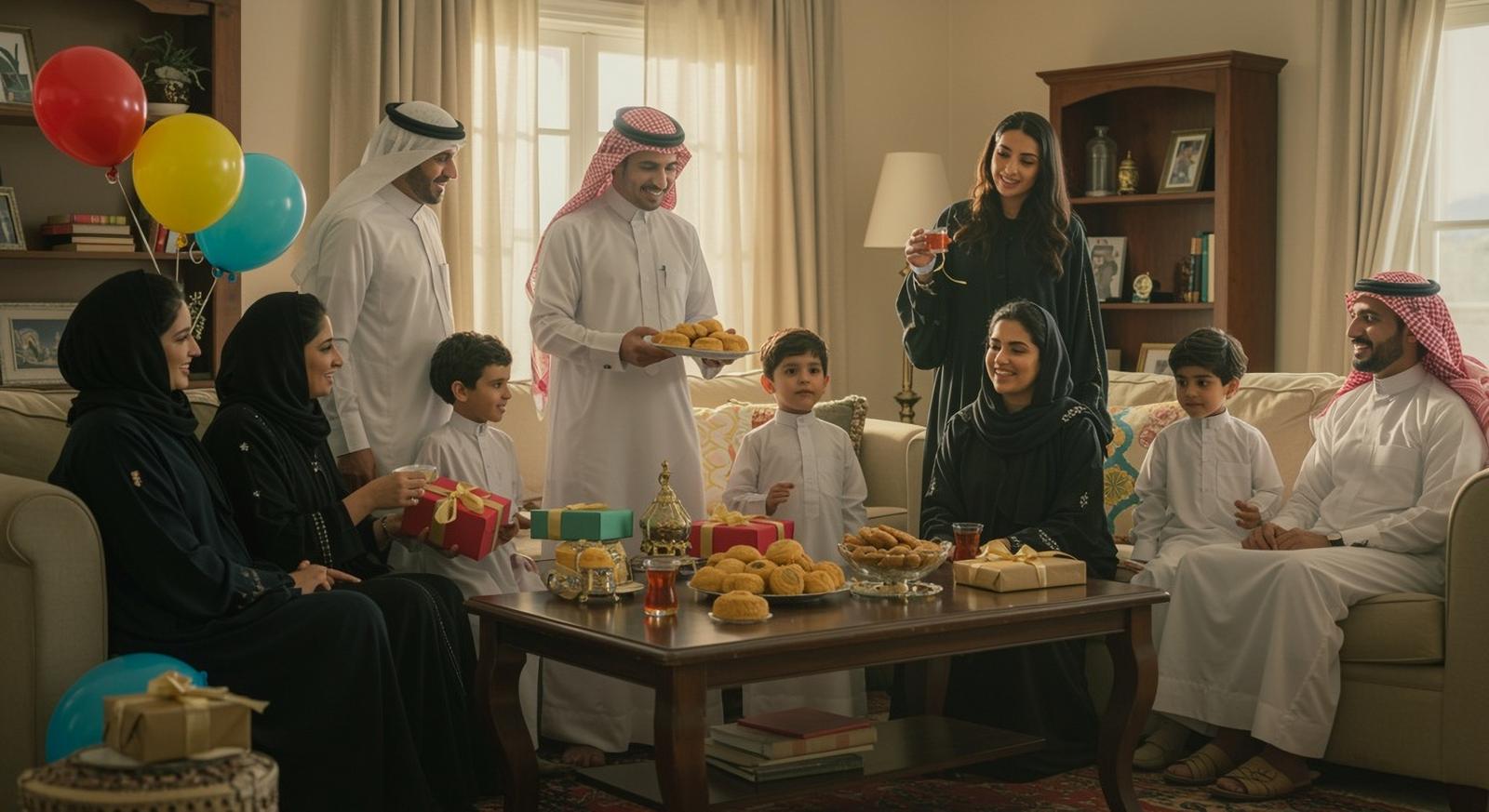
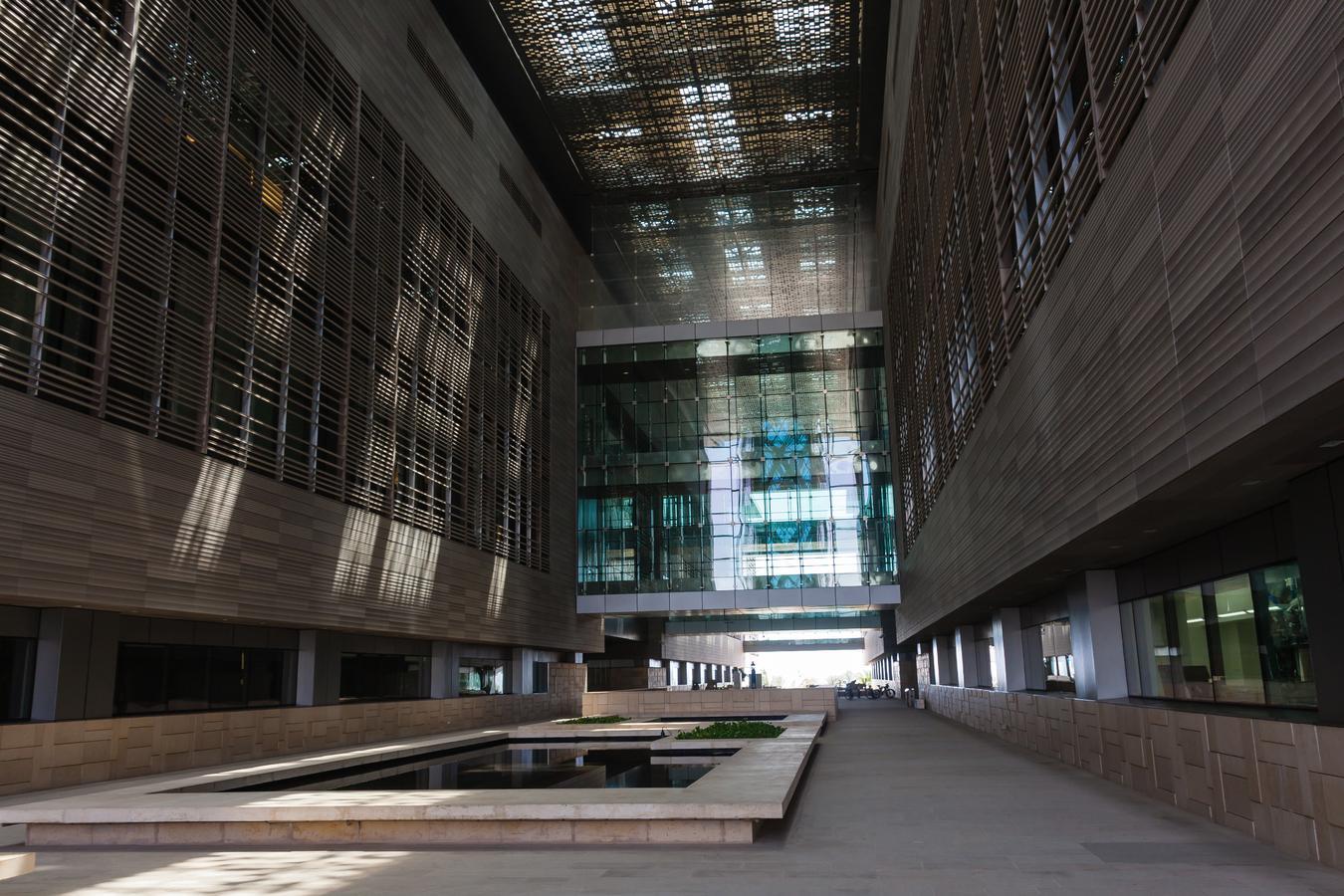
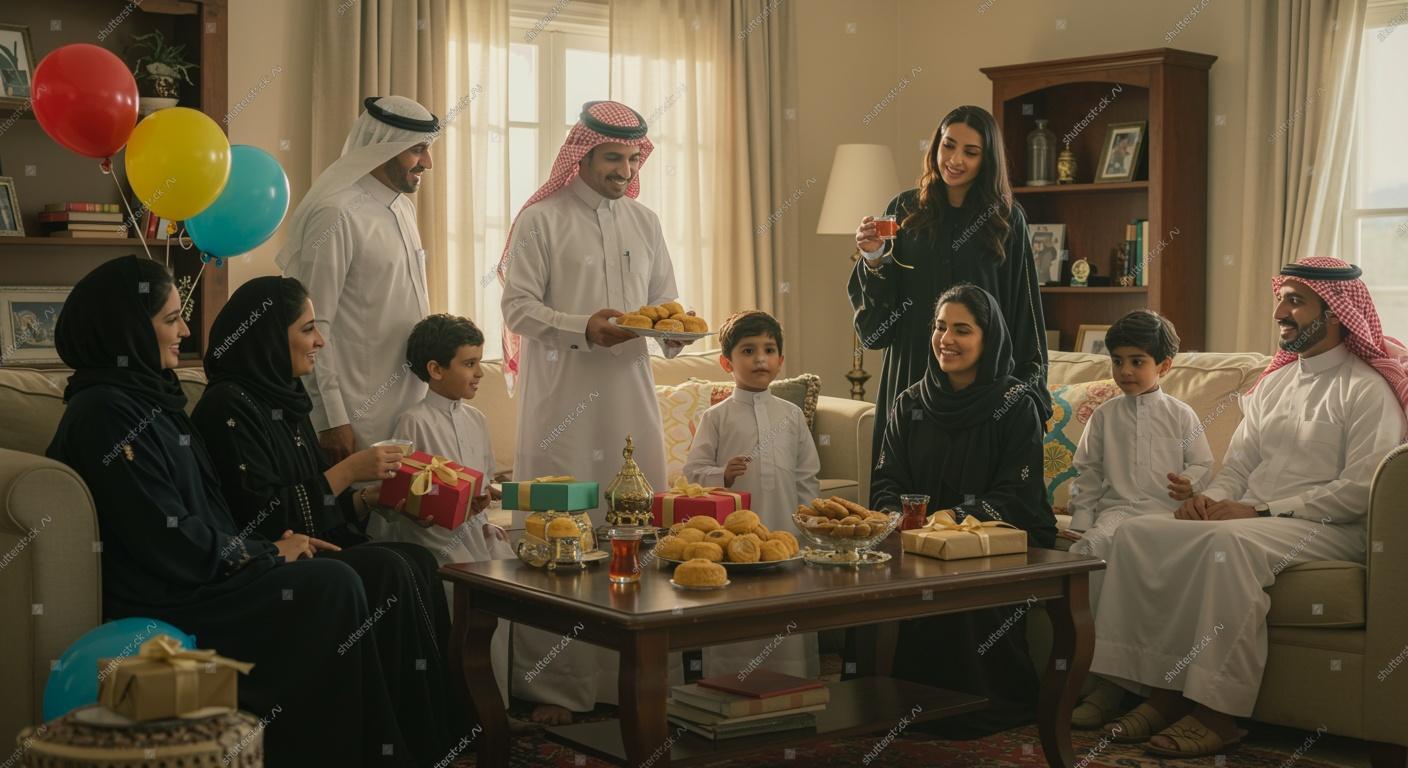
0 Comments
No comments yet. Be the first to comment!